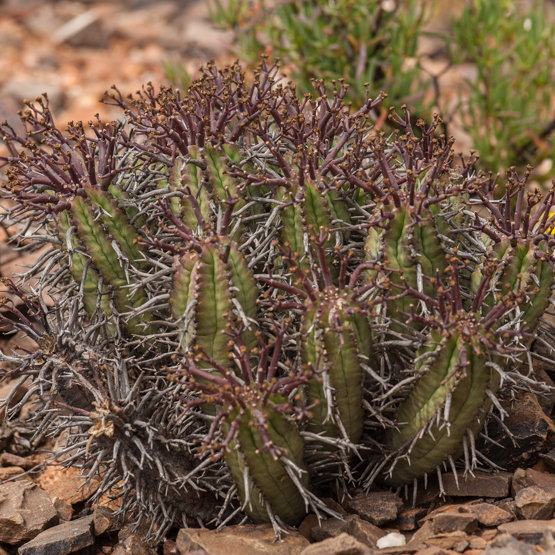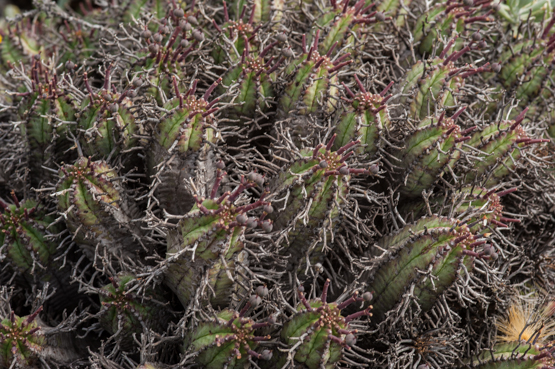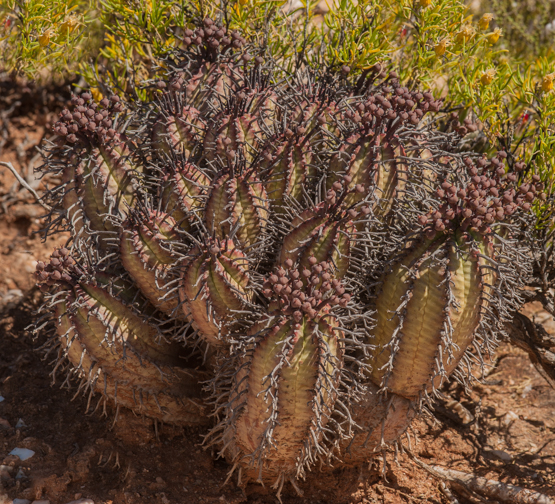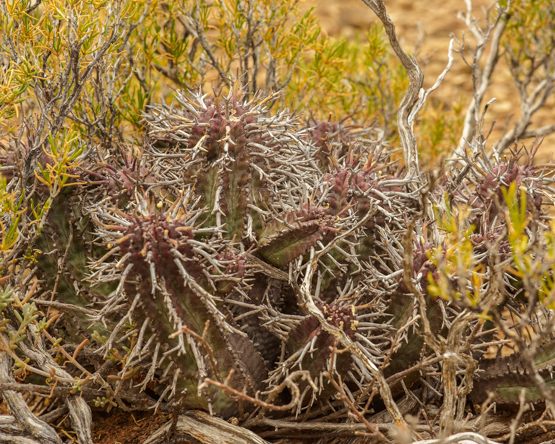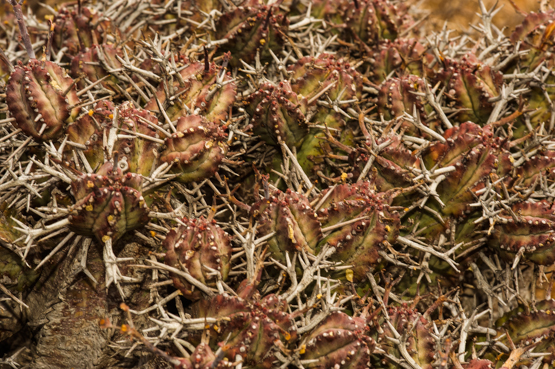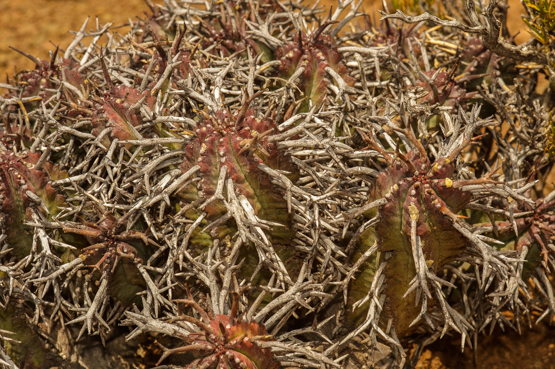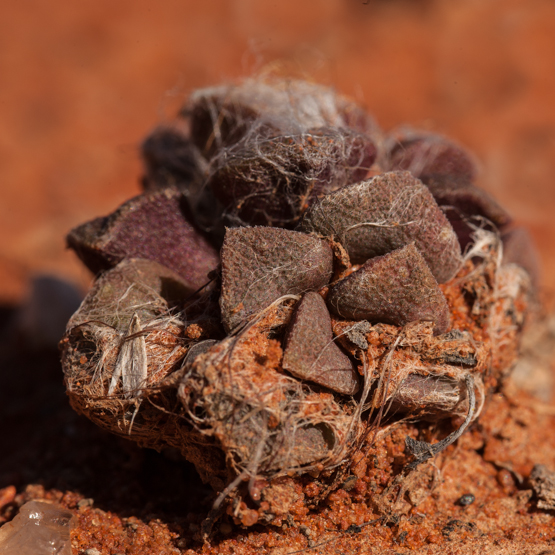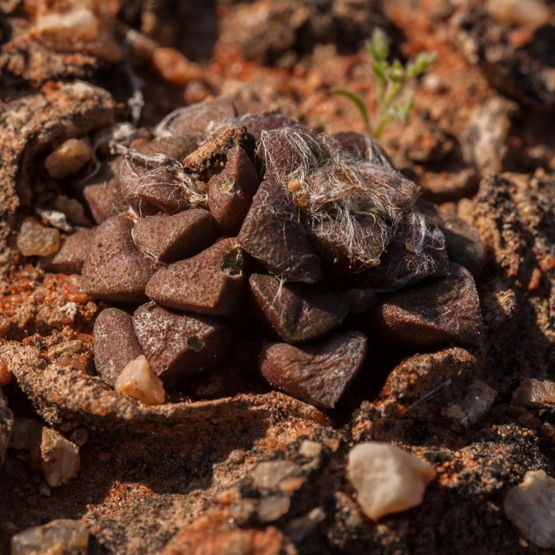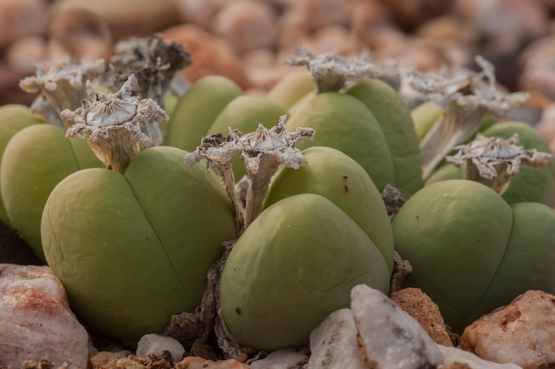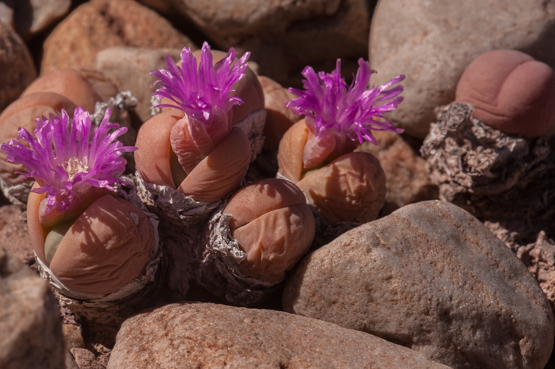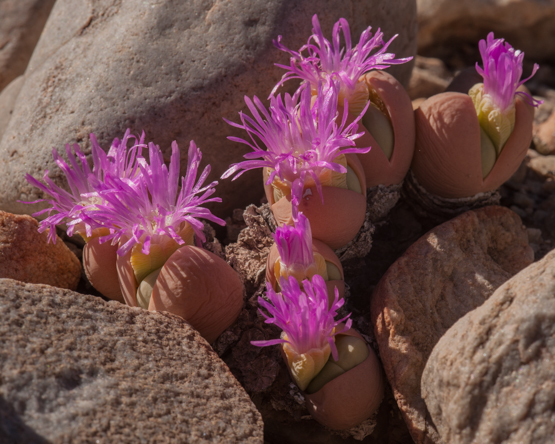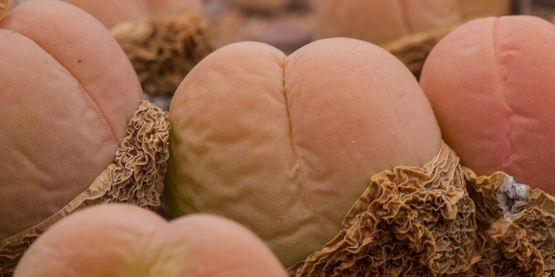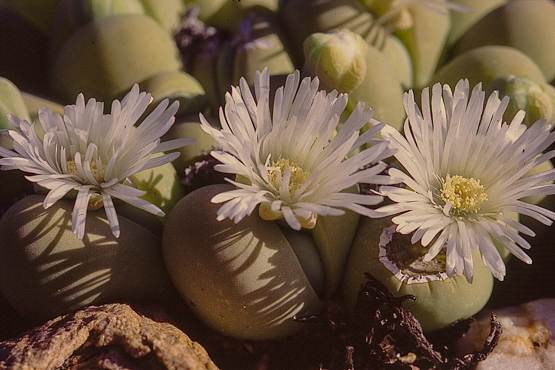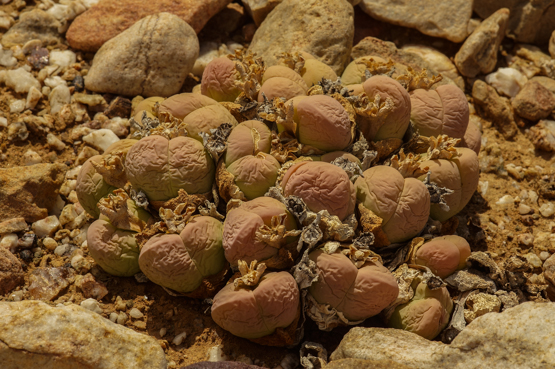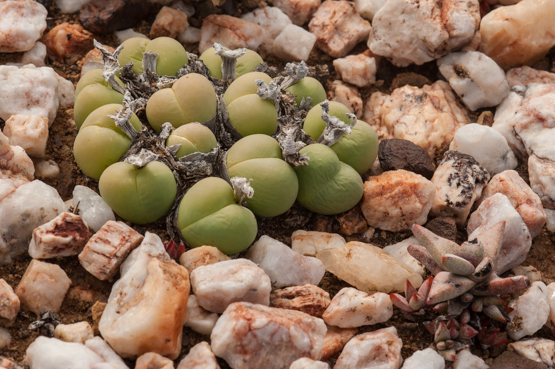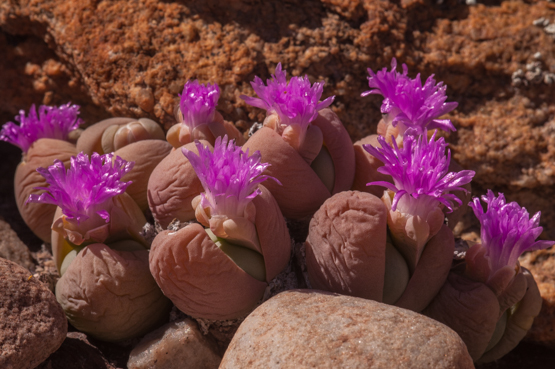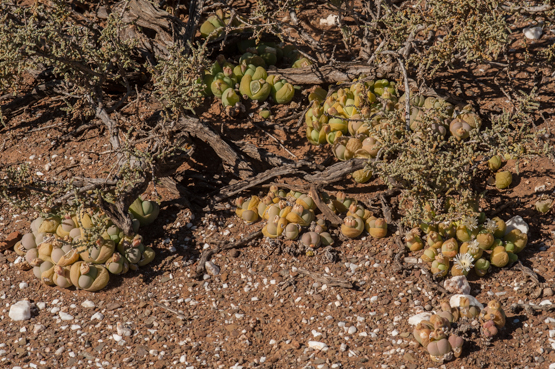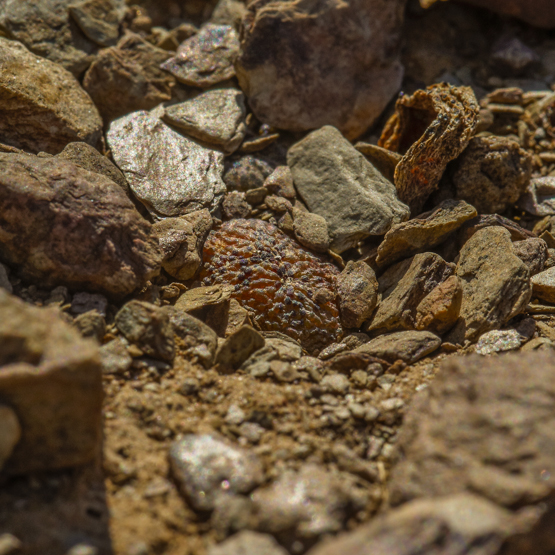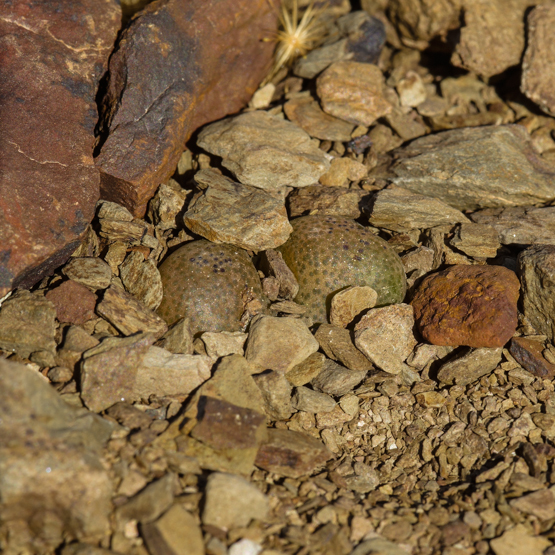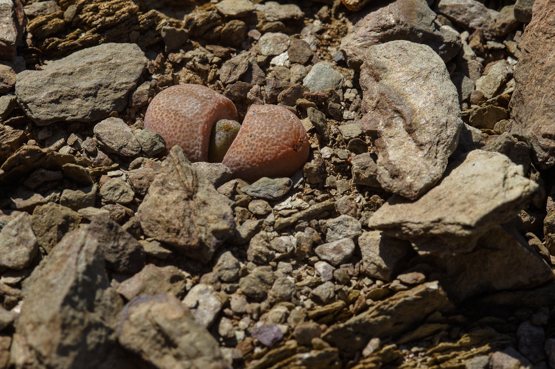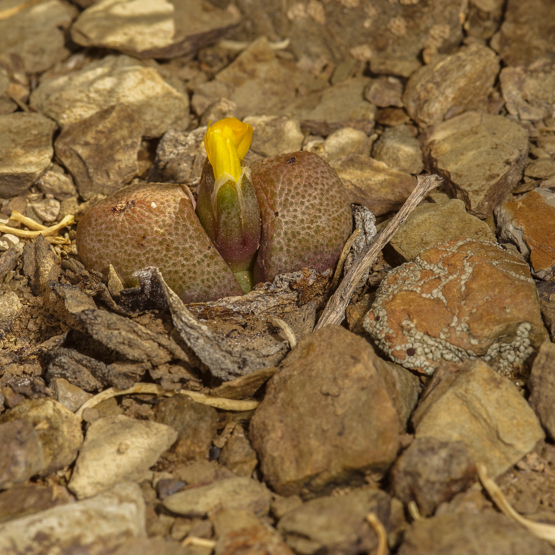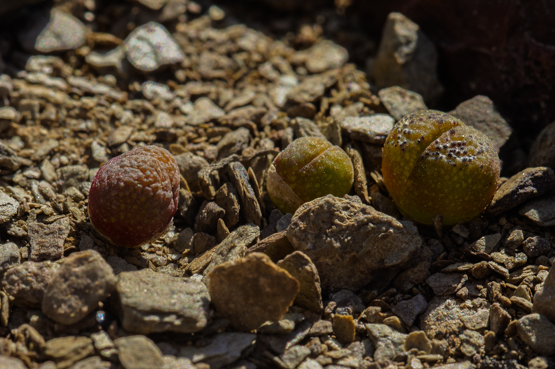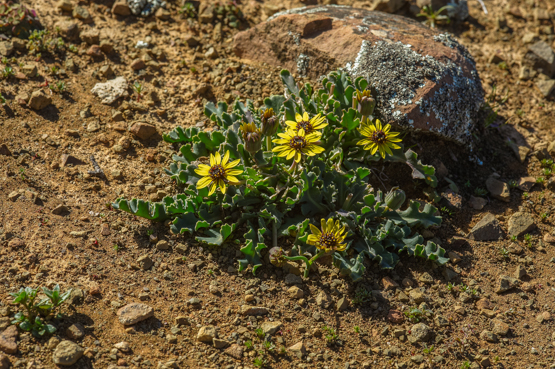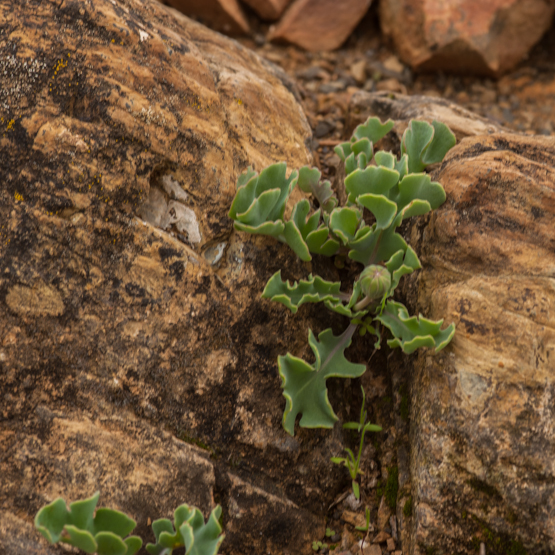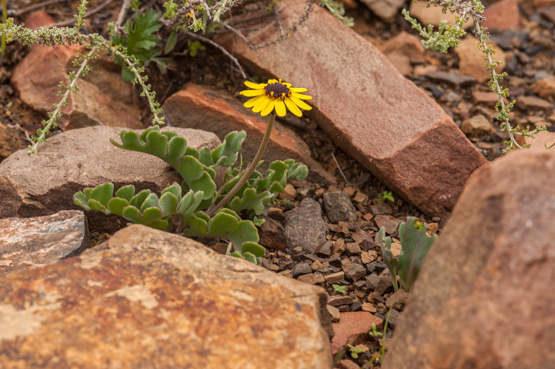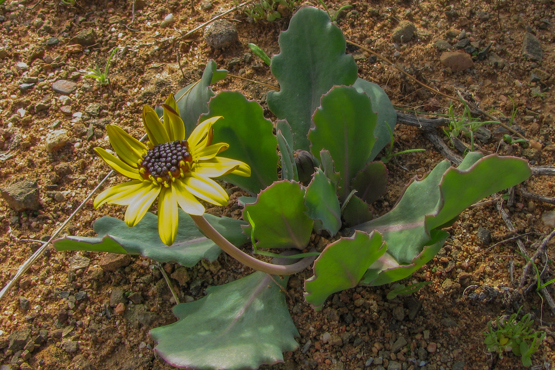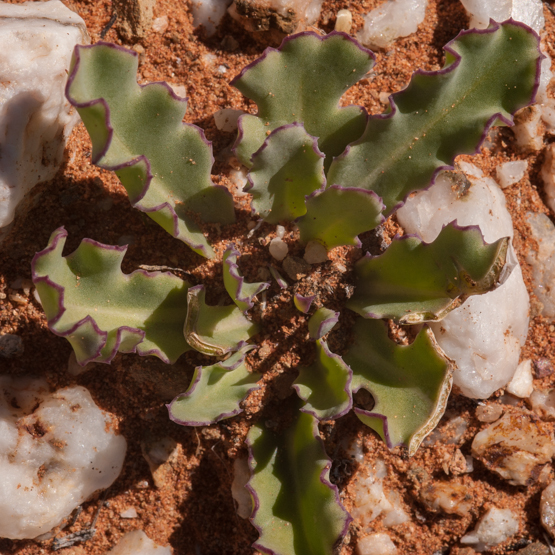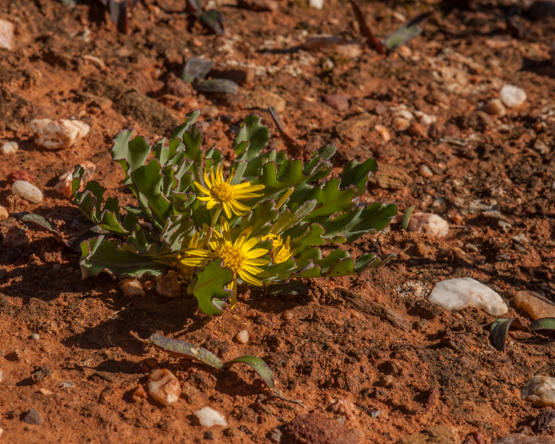These pics were shot just north of the Garcia Pass. The first two on 13 Sept. 2011; the others on 6 Nov. 2009.
Month: February 2014
Euphorbia pillansii (1)
On seeing plants of this species for the first time, one would be excused for thinking they belong to E. stellispina (see earlier post). E. pillansii is smaller (up to 30 cm tall instead of up to 50 cm or more) and the stems have fewer angles (7-9 compared to 10-16). The plants are either male or female and occur sporadically from Ceres to Vanwyksdorp in the Little Karoo on stony, clayey soils.
The pictures were taken 7 Febr. 2009, west of Ladismith.
To be continued.
Anacampseros retusa
Gasteria bicolor v. bicolor
This plant is widely distributed in the eastern Cape and is typical for the subtropical thicket of the area. I has a short leafy stem up to 20 cm tall and slightly twisted leaves with a sharp off-center tip.
The inflorescence is quite impressive: 1-1.5 m tall, with up to 8 side-branches.
Pictures taken near Uitenhage, 25 Oct. 2012
Gibbaeum heathii (2)
Gibbaeum heathii (1)
This species is one of the most widely distributed in the genus (from north of Laingsburg to the Calitzdorp area) and seems to feel at home especially in quartz outcrops.
It is also one of the most variable ones. In some populations the plants form clumps 15-30 cm across, in others the clumps are small, with only a few bodies. The bodies may vary from about 8 mm to 6 cm in diameter and from a few millimeters to about 6 cm in height.
According to Nel’s The Gibbaeum Handbook, the colours run from: “uniformly whitish, white greyish, metal grey to pale glaucous green, green, sometimes tinted yellowish, purplish or sometimes quite reddish (this latter colour probably indication that clump is shrivelling off)”.
The flowers can be 10 to 30 mm across and are white, pink or purple.
All pictures in this post were taken in 2009
The first picture on 8 Febr.
The second one on 31 May
Nos. three and four on 9 Oct.
More pictures to come.
Tanquana hilmarii 2
Tanquana hilmarii (1)
These little gems occur on shale banks and slopes, where they are usually hard to detect. It is a harsh and arid habitat, which at first looks totally uninteresting. When you look carefully, you will however find out that these bare spots often harbour some astonishing miniature succulents like Conophytum joubertii, Gibbaeum nebrownii, G. dispar (see post 30 Jan. this year) and this Tanquana. The scarce rainfall here is often supplemented by early morning dew seeping into the fissures between the shale layers and providing just enough water for these dwarf plants. It is a hard life, especially for young seedlings (see first picture), but the advantage of a habitat like this is that there is no competition from bigger, faster growing -and more demanding- plants.
The pictures were taken near the eastern entrance to the Anysberg Nature Reserve (the first one on 21 April 2012, the other two on 27 Sept. 2010).
More pics to come.
